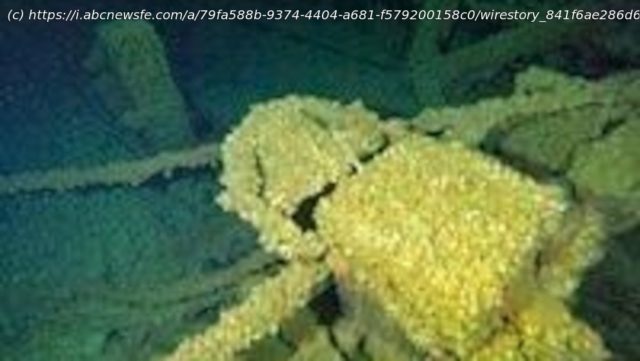Historians are racing to locate Great Lakes shipwrecks before a seemingly unstoppable invasive mussel destroys them and erases part of the region’s heritage
The Great Lakes’ frigid fresh water used to keep shipwrecks so well preserved that divers could see dishes in the cupboards. Downed planes that spent decades underwater were left so pristine they could practically fly again when archaeologists finally discovered them.
Now, an invasive mussel is destroying shipwrecks deep in the depths of the lakes, forcing archeologists and amateur historians into a race against time to find as many sites as they can before the region touching eight U.S. states and the Canadian province of Ontario loses any physical trace of its centuries-long maritime history.
“What you need to understand is every shipwreck is covered with quagga mussels in the lower Great Lakes,” Wisconsin state maritime archaeologist Tamara Thomsen said. “Everything. If you drain the lakes, you’ll get a bowl of quagga mussels.”
Quagga mussels, finger-sized mollusks with voracious appetites, have become the dominant invasive species in the lower Great Lakes over the past 30 years, according to biologists.
The creatures have covered virtually every shipwreck and downed plane in all of the lakes except Lake Superior, archaeologists say. The mussels burrow into wooden vessels, building upon themselves in layers so thick they will eventually crush walls and decks. They also produce acid that can corrode steel and iron ships. No one has found a viable way to stop them.
Wayne Lusardi, Michigan’s state maritime archaeologist, is pushing to raise more pieces of a World War II plane flown by a Tuskegee airman that crashed in Lake Huron in 1944.
“Divers started discovering (planes) in the 1960s and 1970s,” he said. “Some were so preserved they could fly again. (Now) when they’re removed the planes look like Swiss cheese. (Quaggas are) literally burning holes in them.”
Quagga mussels, native to Russia and Ukraine, were discovered in the Great Lakes in 1989, around the same time as their infamous cousin species, zebra mussels. Scientists believe the creatures arrived via ballast dumps from transoceanic freighters making their way to Great Lakes ports.
Home
United States
USA — IT Historians race to find Great Lakes shipwrecks before quagga mussels destroy the...






